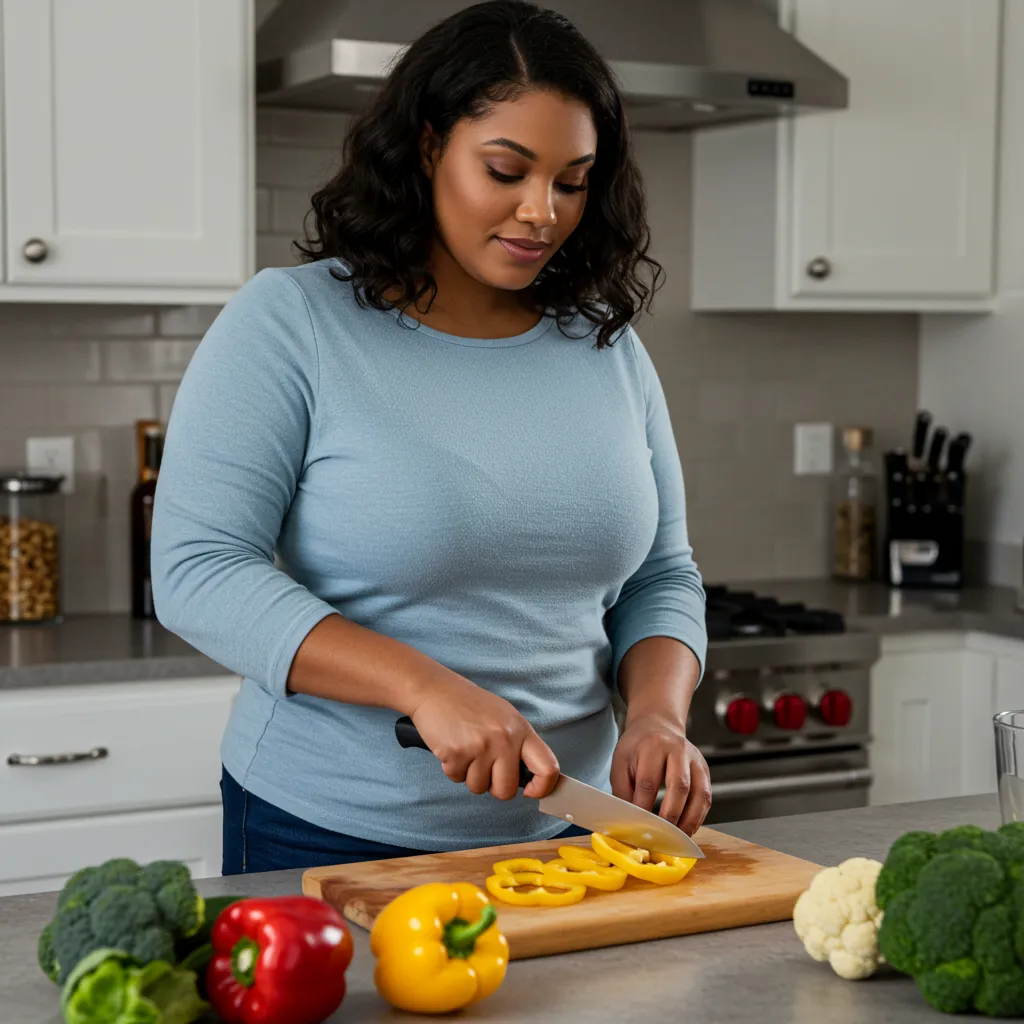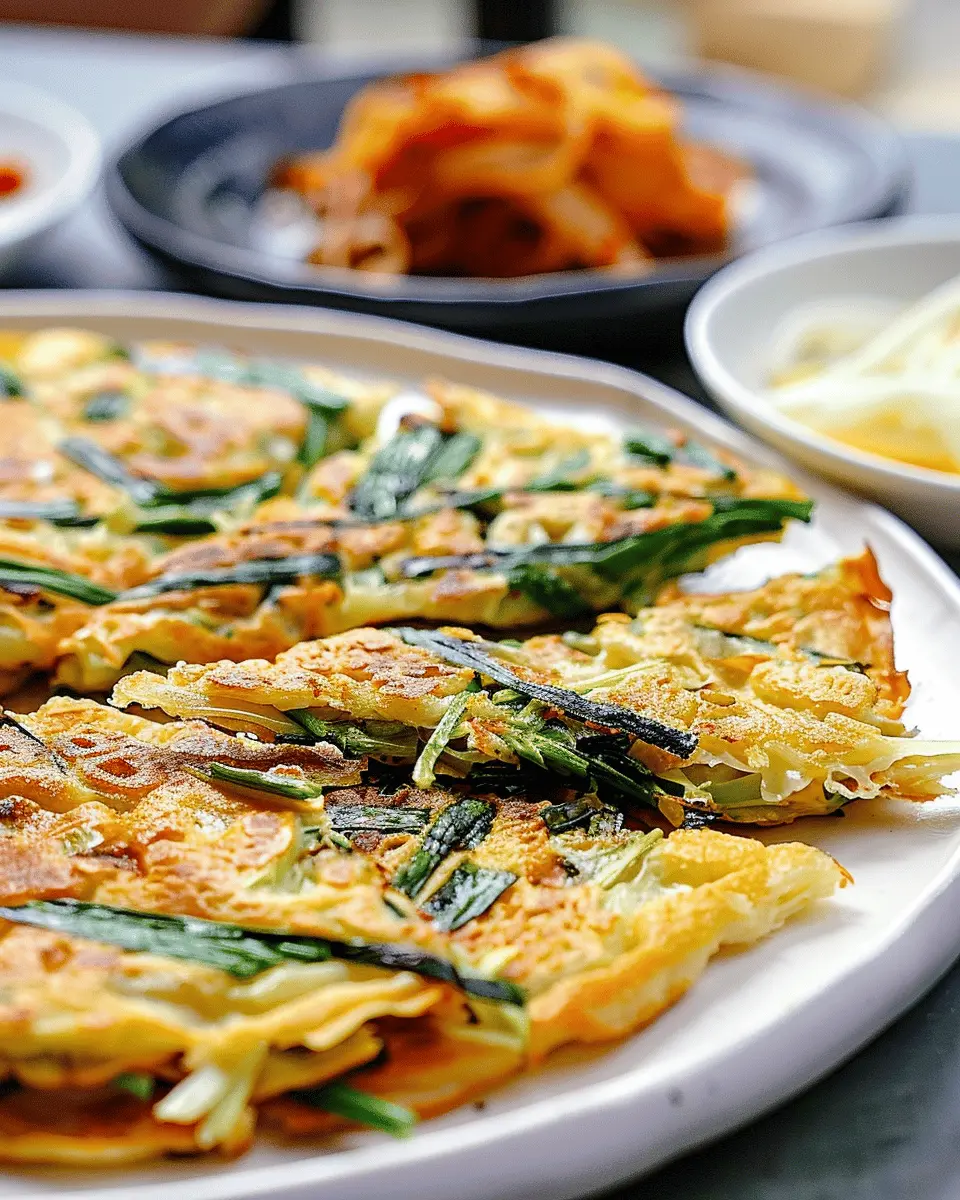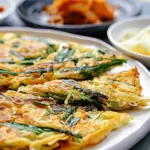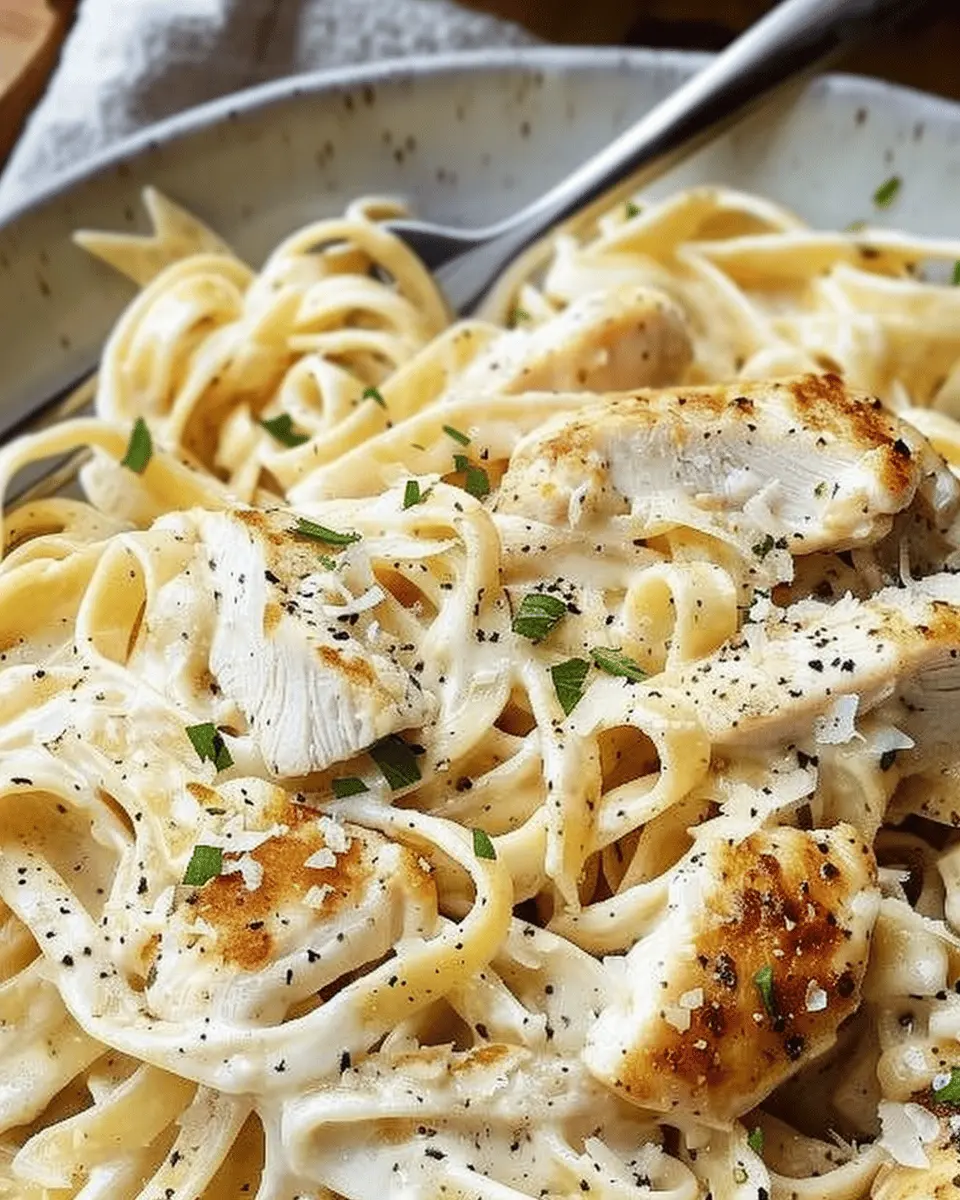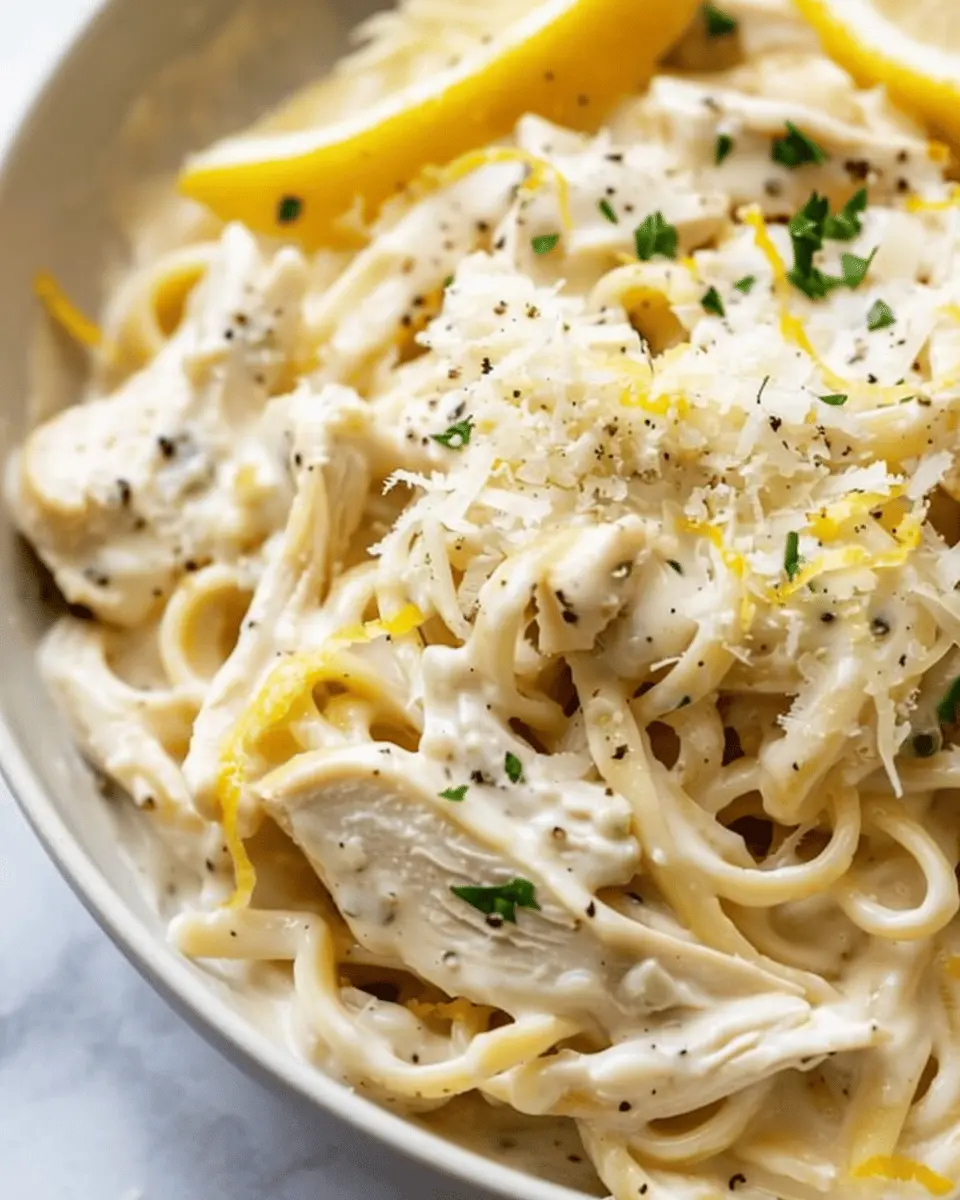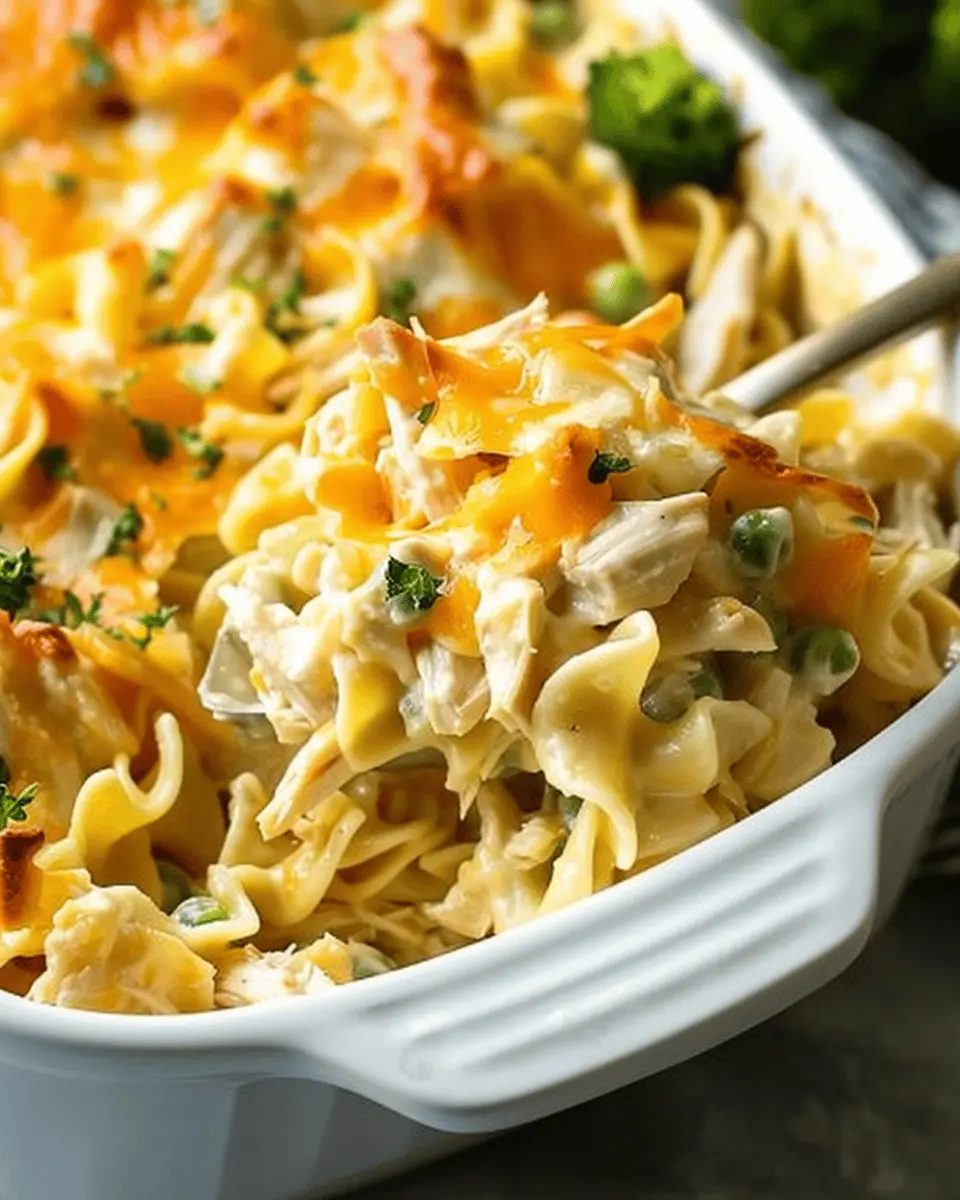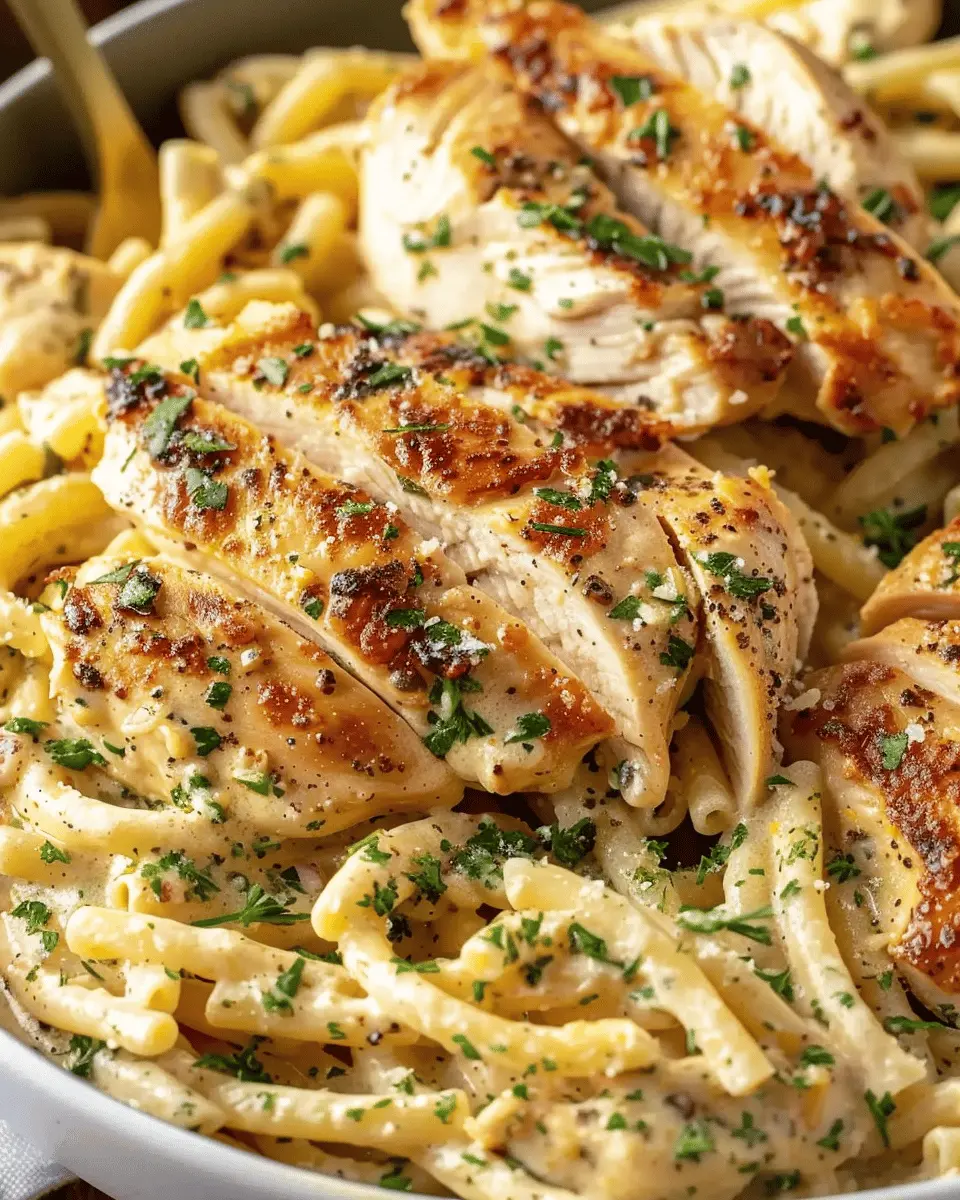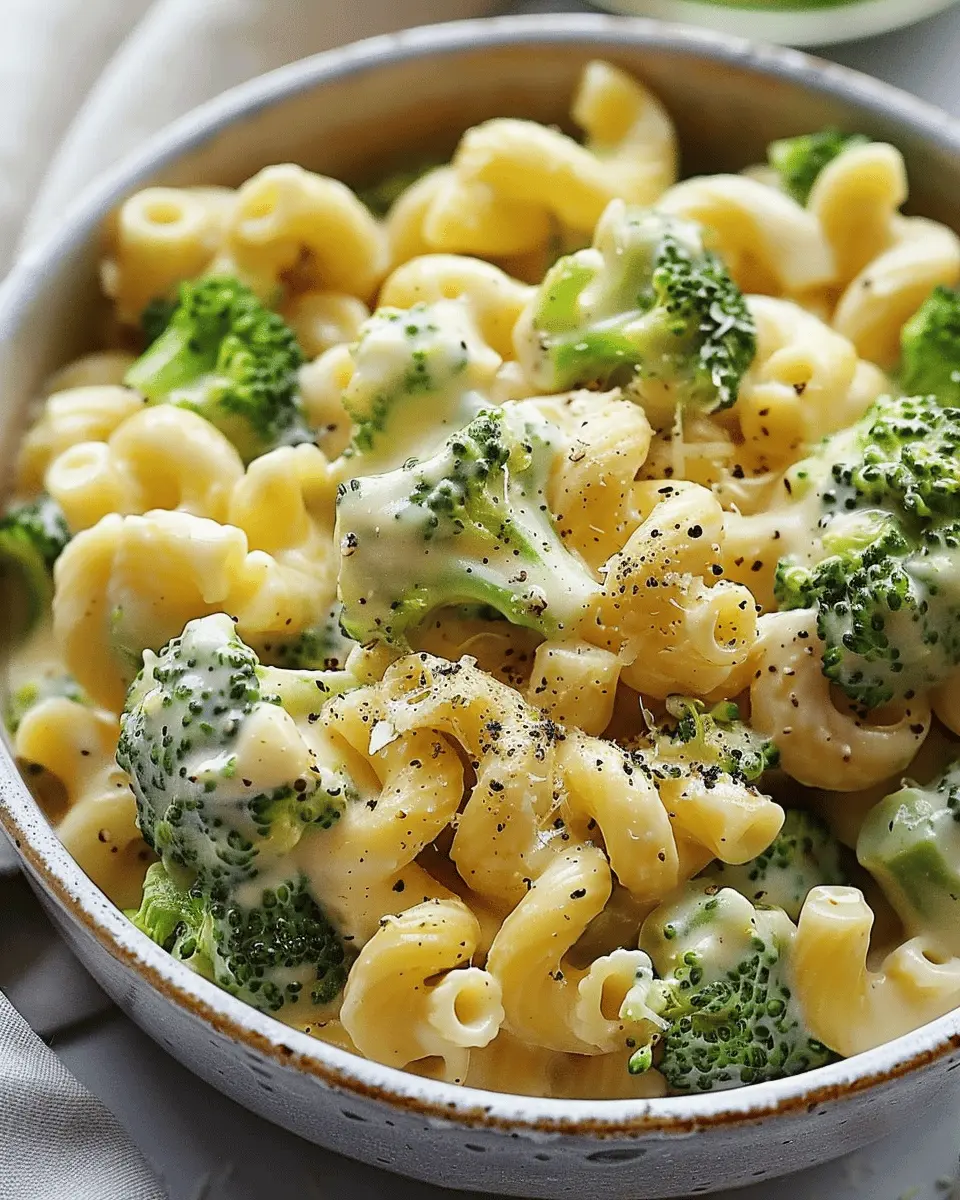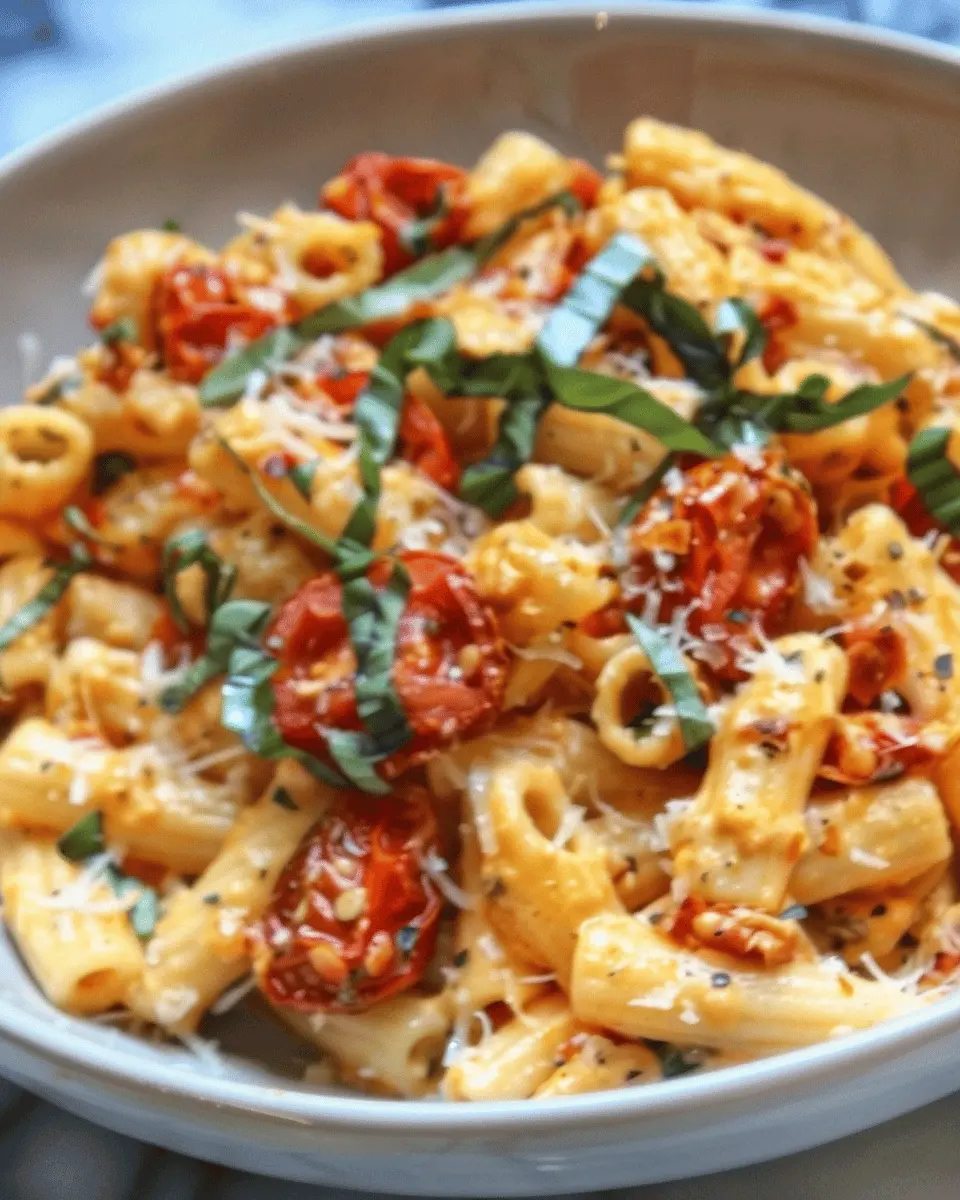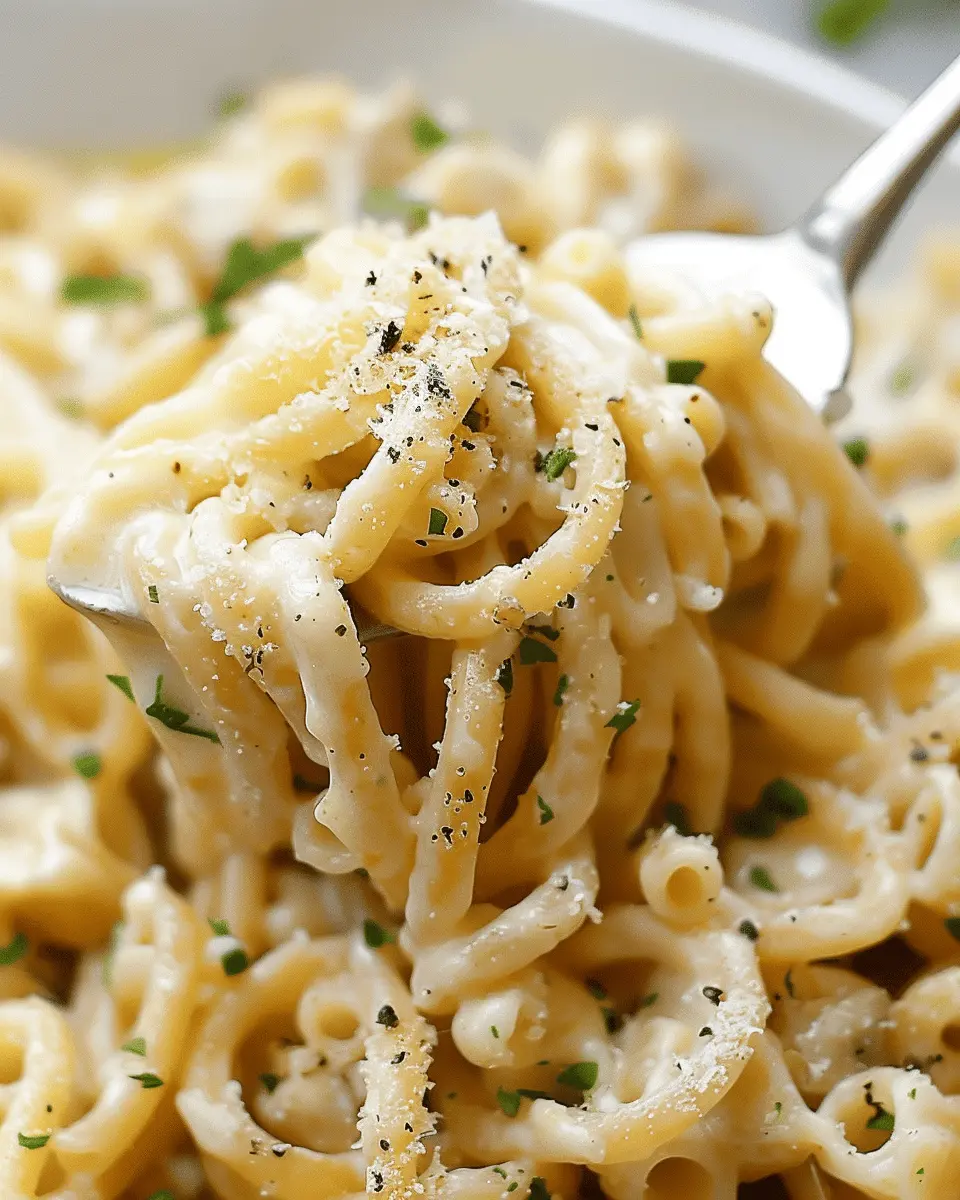Introduction to Pajeon (Korean Scallion Pancake)
What is Pajeon and why is it popular?
Pajeon, or Korean scallion pancakes, have won hearts far beyond their native land. These delicious, savory pancakes are made primarily with a simple batter of flour and water, then generously mixed with chopped scallions. What sets Pajeon apart is not just the comforting texture but the ability to enjoy them as a snack, appetizer, or even a main dish. Their crispy edges and tender middle make them a favorite at gatherings and family meals. In fact, they are especially popular during rainy days in Korea, as tradition suggests that enjoying these pancakes during a storm brings good luck!
A brief history of Pajeon
The roots of Pajeon can be traced back to the Goryeo Dynasty (918 to 1392), where pancakes made from grains were staples in Korean cuisine. Over the centuries, various regional recipes emerged, leading to the diverse Pajeon we know today—each influenced by local ingredients and flavors. During the Joseon Dynasty, scallions became a prevalent addition, which not only enhanced taste but also offered health benefits. Did you know that scallions are rich in vitamins A, C, and K? They are often celebrated in Korean cuisine for their versatility and unique zing.
For a fascinating insight into the culinary evolution of traditional Korean dishes, check out resources from the Korean Food Foundation.
The appeal of homemade food over fast food
In an era dominated by fast food, there’s something incredibly satisfying about making meals like Pajeon from scratch. Preparing your own food allows for creativity—experimenting with fillings like turkey bacon, chicken ham, or even fresh vegetables. Not to mention, homemade meals tend to be healthier and packed with nutrients, giving you control over ingredients, unlike many takeout options.
Have you ever thought about the time spent in line at a fast-food joint? With just a few simple ingredients and about 30 minutes, you can whip up a batch of delicious Pajeon. This makes it not just a delightful cooking experience, but also a genuinely wholesome alternative. Plus, sharing a plate of freshly made Korean scallion pancakes with friends or family can foster connections and create lasting memories.
So, are you ready to dive into the world of homemade Pajeon? Let’s get started!

Ingredients for Pajeon
Essential ingredients for making Pajeon
When it comes to crafting the perfect Pajeon Korean scallion pancake, having the right ingredients is crucial for that delightful texture and flavor. You’ll need:
- Scallions: The star of the show! Fresh scallions bring a vibrant flavor that’s essential to Pajeon.
- All-purpose flour: This forms the pancake base. You can also experiment with gluten-free flour if desired.
- Water: Just enough to create a smooth batter; filtered water works best to ensure clarity in flavor.
- Eggs: Adds richness and helps bind the batter together.
- Turkey bacon or chicken ham (optional): For some savory protein, these options add a delicious twist.
- Salt: A pinch is all you need to enhance the flavors.
Suggested alternatives and variations
Feel free to get creative with your Pajeon Korean scallion pancake! If you’re looking for alternatives or fun variations, consider:
- Vegetables: Try adding shredded carrots, zucchini, or bell peppers for extra crunch and color.
- Dipping sauce: Swap soy sauce for a homemade chili-garlic sauce for a zesty kick—check out The Korean Vegan for inspiration.
- Seafood: Incorporating shrimp or squid can take your Pajeon to a whole new level.
Remember, flexibility is key! The beauty of Pajeon lies in its adaptability, so make it your own.
Preparing Pajeon (Korean Scallion Pancake)
Pajeon, a beloved dish in Korean cuisine, is not just a pancake; it’s a delightful combination of crispy edges and tender green onions. Perfect for a quick snack or a fun dish to share with friends, making Pajeon is both satisfying and simple. Let’s take a closer look at how to prepare this Korean scallion pancake right at home.
Gather your ingredients
Before diving into the cooking process, it’s crucial to assemble all your ingredients. Here’s what you’ll need:
- 1 cup all-purpose flour
- 1 cup water
- 1/2 teaspoon salt
- 1 bunch of green onions (scallions)
- Optional: Turkey bacon or chicken ham for added flavor
- Oil for frying (vegetable or sesame oil works great!)
Having everything within reach makes cooking more enjoyable and efficient. If you’re feeling adventurous, consider adding other vegetables or proteins to your Pajeon, such as bell peppers or shrimp. You can check out Serious Eats for more variations.
Prepare the green onions
Next, turn your focus to the green onions. They’re the star of this dish! Start by washing them carefully under cold water, ensuring a thorough rinse to remove any dirt. After drying them, chop the white and green parts into approximately 2-3 inch lengths. Their vibrant color will not only add flavor but also a pop of freshness to your pancake.
Mix the batter
In a mixing bowl, combine your flour, water, and salt to create a batter. It should be relatively smooth—think pancake mix consistency. If you’re adding turkey bacon or chicken ham, chop them into small pieces and stir them into the batter at this stage. This not only adds protein but also makes your Pajeon heartier and soul-satisfying.
Heat the pan and add oil
Once your batter is ready, it’s time to heat up your pan. A non-stick skillet is ideal for this recipe, as it helps achieve that coveted crispy exterior. Add about 2-3 tablespoons of oil and let it heat up over medium-high heat. You’ll know it’s ready when the oil begins to shimmer. If you’re curious about the nuances of frying, check out Cooking Light for some tips.
Cook the pancake
Pour the prepared batter into the hot pan, spreading it out evenly. For best results, make a pancake that’s roughly 8-10 inches in diameter. As the pancake cooks, you’ll see bubbles forming on the surface, which indicates that it’s cooking through. The aroma will fill your kitchen, and trust me, it’s worth the wait!
Flip and finish cooking
After about 3-4 minutes, it’s time to flip your Pajeon. Use a large spatula to gently lift the edge to check for golden-brown color. If it looks good, carefully flip it over. Cook for another 3-4 minutes until both sides are perfectly crispy and golden. Pro tip: If you find flipping tricky, you can slide it onto a plate, invert it back into the pan, and continue cooking.
Slice and serve
Once your Pajeon is beautifully golden, remove it from the pan and let it rest on a cutting board. Using a sharp knife, slice it into wedges or squares, whichever suits your presentation style. Serve with a dipping sauce made from soy sauce, a splash of vinegar, and a sprinkle of sesame seeds. It’s the perfect accompaniment to elevate your Pajeon Korean scallion pancake experience!
Now that you’re equipped with these straightforward steps, you can impress friends, family, or even yourself with the delightful taste of homemade Pajeon. Enjoy the crispy goodness!
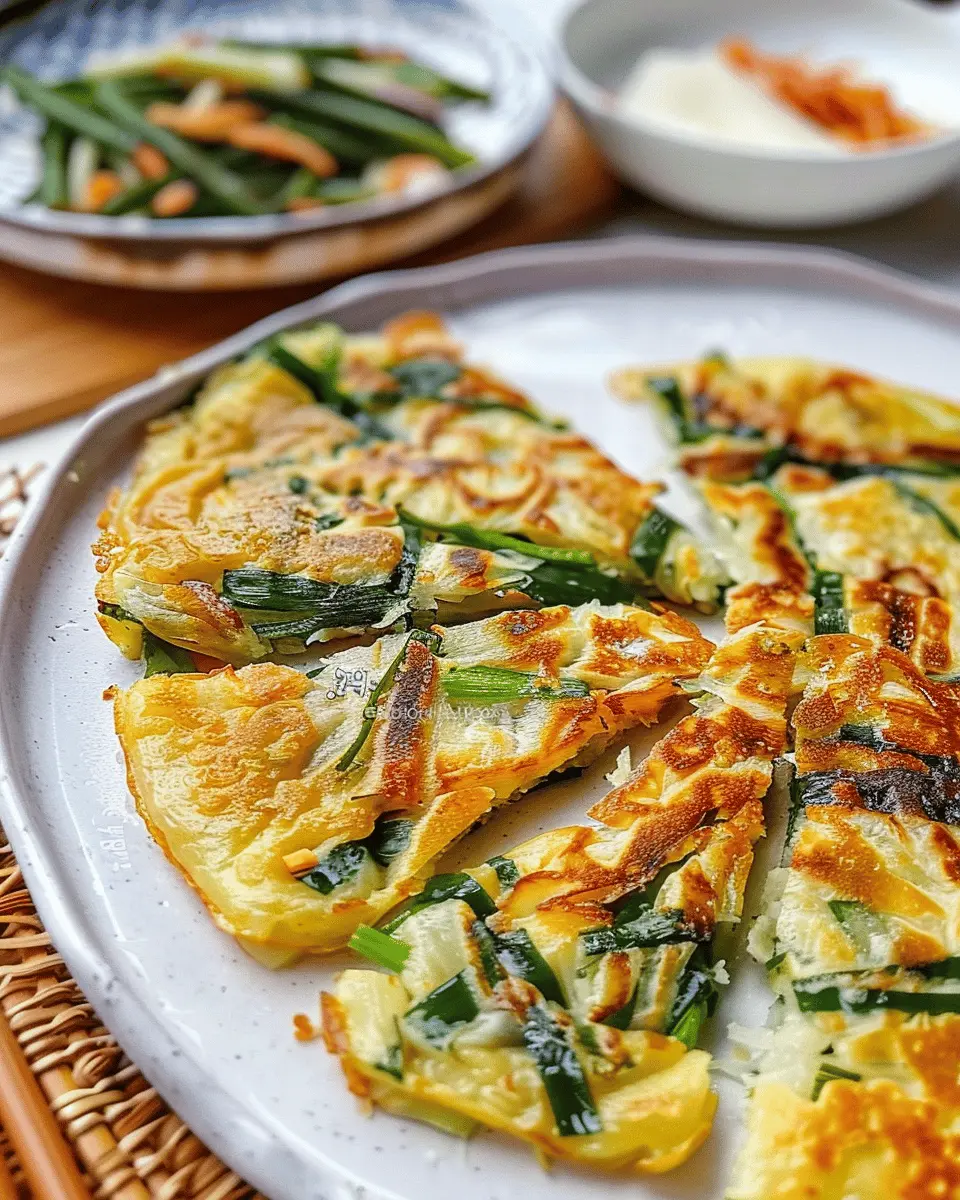
Variations on Pajeon
When it comes to Pajeon, the classic Korean scallion pancake, the variations are as endless as your creativity! Let’s explore some delicious twists.
Seafood Pajeon: A flavorful twist
If you’re a seafood lover, consider making Seafood Pajeon. This version incorporates fresh ingredients like shrimp, squid, or clams, making it a delightful choice for brunch or dinner. The combination of seafood and scallions offers a light yet flavorful bite that pairs wonderfully with a soy dipping sauce. To make your Seafood Pajeon, simply add your choice of seafood to the batter—feel free to experiment! Not sure where to get fresh seafood? Check out local markets or trusted online fishmongers for quality options here.
Vegetable Pajeon: More greens for a healthier option
For a healthier take, look no further than Vegetable Pajeon. This recipe emphasizes seasonal vegetables like zucchini, carrots, and bell peppers. Not only do these veggies add vibrancy and color to your plate, but they also provide extra nutrients. Plus, this option keeps the core flavor of the pancake while amplifying its nutritional value. If you’re trying to eat more greens or introduce more plant-based meals, this variation is a perfect fit.
Spicy Pajeon: Adding a kick
If you crave a little heat, Spicy Pajeon is your go-to option. You can easily elevate the flavor profile by incorporating ingredients such as diced jalapeños or gochugaru (Korean chili flakes) into the batter. The result? A mouthwatering pancake with a tantalizing kick that’s sure to please. Enjoy it with a tangy dipping sauce to balance the spice and enhance the flavor experience. Don’t shy away from experimenting with the level of spice—find your perfect heat!
These variations ensure that every Pajeon is a unique experience. What will you try first?
Cooking Tips and Notes for Pajeon
Common Mistakes to Avoid
When making Pajeon Korean scallion pancakes, some common pitfalls can really dampen your results. Many people add too much water to the batter, making it too runny. Aim for a thick, yet pourable consistency. Additionally, be careful with your scallions; if they’re too finely chopped, they won’t hold their shape during cooking.
Tips for Achieving the Perfect Crispiness
To achieve that irresistible crunch, try these tips:
- Use cold water in your batter; it helps create a light, crispy texture as it hits the hot oil.
- Don’t overcrowd your pan. Cook the pancakes in batches to ensure even frying and maximize crispiness.
Best Practices for Oil Temperature
The right oil temperature is key to a perfect Pajeon. Heat your pan over medium-high heat and add enough oil to coat the base. A drop of batter should sizzle upon contact; if it doesn’t, the oil isn’t hot enough. Too hot? You’ll end up with burnt edges before the center cooks. For best results, make sure to use refined oils like canola or vegetable oil for a high smoke point.
For more adventurous flavors, you might want to explore variations of the traditional Pajeon, adding ingredients like shrimp or even cheese. Happy cooking!

Serving suggestions for Pajeon
Ideal dipping sauces
Pajeon, or Korean scallion pancake, tastes even better when paired with the right dipping sauce. A classic choice is soy sauce, which you can elevate by adding a splash of rice vinegar, a sprinkle of sesame seeds, and a hint of minced garlic. For a zesty twist, try a spicy gochujang sauce mixed with honey for balance. Looking for a creamier option? A dollop of plain yogurt or sour cream infused with chopped scallions can also create a delightful contrast!
Pairing Pajeon with main dishes
While Pajeon can shine on its own, pairing it with main dishes enhances the culinary experience. Think of serving it alongside Korean fried chicken or a hearty bowl of kimchi jjigae (kimchi stew). The flavors complement each other beautifully, making for a satisfying meal. Additionally, consider serving it with stir-fried vegetables for a lighter, fresh option.
Creative presentation ideas
Get creative with your Pajeon presentation! Cut your Korean scallion pancake into fun shapes, or stack pieces and garnish with fresh herbs. A pop of color can be added with sliced cherry tomatoes or radishes on the side. For an elegant touch, place your Pajeon on a wooden board with small bowls of dipping sauces artfully arranged around it. This not only looks appealing but invites guests to dive in and enjoy!
For more ideas on Korean cuisine, check out Maangchi, a great resource for authentic recipes and tips!
Time breakdown for making Pajeon (Korean Scallion Pancake)
Preparation time
Getting started on your Pajeon Korean Scallion Pancake journey takes approximately 15 minutes. This is when you’ll chop up those vibrant scallions and mix together the easy batter. It’s a straightforward process, perfect for beginners who are just finding their footing in the kitchen. Don’t forget to gather all your ingredients beforehand to streamline your prep time!
Cooking time
Once your batter is ready, cooking the pancakes will take around 20 minutes. You’ll want to give each side a good five to seven minutes on medium heat. The end goal is that perfect golden crust that makes your Pajeon irresistible.
Total time
In total, you’re looking at about 35 minutes from start to delicious finish. This makes it easy to whip up for a quick lunch or dinner, especially when you’re crunched for time but craving something scrumptious. Enjoy each bite of this delightful dish – it’s well worth the effort!
Nutritional Facts About Pajeon (Korean Scallion Pancake)
Calories per Serving
A serving of Pajeon, or Korean scallion pancake, typically contains around 150 to 200 calories, depending on how generously you use oil for frying. Given this, they can be a delightful addition to a balanced meal without breaking the calorie bank!
Key Nutrients
This Korean treat packs some nutritional punch with essential vitamins and minerals:
- Carbohydrates: Primarily from the flour, providing energy.
- Protein: The egg and any added toppings like chicken ham or turkey bacon enhance the protein content.
- Vitamins A and C: From scallions, contributing to overall health and immune support.
For a deeper dive into nutrition, consider checking out Healthline’s guide on vitamins.
Health Benefits of Homemade Pajeon
Making Pajeon at home allows you to control the ingredients, ensuring a fresher, healthier dish. Homemade versions can be adjusted to include whole grain flour for added fiber, or you can get creative and add vegetables like carrots or zucchini, enhancing their nutritional profile further.
Not only do these pancakes satisfy your taste buds, but they also offer various health benefits. The scallions work wonders for heart health and digestion, while the protein from chicken ham or turkey bacon promotes muscle repair.
So why not whip up a batch of Pajeon this weekend? Your body (and taste buds) will thank you!
FAQs about Pajeon
Can I freeze Pajeon leftovers?
Absolutely! You can freeze Pajeon leftovers for later enjoyment. Just make sure they are completely cool before wrapping them tightly in plastic wrap or placing them in an airtight container. When you’re ready to indulge, simply reheat them in a skillet on medium heat or in an oven at 350°F (175°C) until warm and crispy again. This way, you won’t miss out on those delightful bites, even days after cooking!
What can I serve with Pajeon?
Pajeon, or Korean scallion pancakes, are fantastic on their own but can be even better when paired with the right accompaniments. Here are some ideas to elevate your meal:
- Soy Sauce Dip: A simple mixture of soy sauce, vinegar, and a pinch of sugar makes for a scrumptious dipping sauce.
- Kimchi: The spiciness and crunch of kimchi can add a delightful complexity to your meal.
- Refreshing Salad: A side of cucumber salad or a light mixed greens salad can balance the richness of the pancakes.
- Protein Additions: Consider serving with Turkey Bacon or Chicken Ham for a heartier option.
How do I make Pajeon gluten-free?
If you’re looking to make Pajeon gluten-free, it’s easier than you might think! Substitute the regular flour with a gluten-free blend or even use rice flour, which is common in many traditional Asian recipes. Don’t hesitate to explore options like almond or chickpea flour for a unique twist! Adding a touch of cornstarch can also enhance the crispiness.
When planning your Pajeon experience, remember that it’s all about the enjoyment and flavors. For additional tips, consider checking out Korean cooking resources or gluten-free recipe guides. Happy cooking!
Conclusion on Pajeon
Recap of the yummy journey to cooking Pajeon
Throughout this delightful adventure of making Pajeon (Korean Scallion Pancake), we’ve explored how simple ingredients can create something scrumptious. From the first sizzle in the pan to that perfect golden-brown finish, each step is easy to follow and incredibly rewarding. Plus, you can customize your pancakes with flavors like Turkey Bacon or Chicken Ham for a personalized twist.
Encouragement to try making it at home!
So why not roll up your sleeves and give it a go? Making Pajeon at home is not only fun, but it also fills your space with enticing aromas. With a few basic ingredients and a bit of creativity, you’ll soon be enjoying crispy, savory pancakes right from your kitchen. For a deeper dive into Korean cuisine, check out Korean Cultural Center for more recipes and tips. Happy cooking!
PrintPajeon Korean Scallion Pancake: Easy Recipe for Homemade Delight
Discover how to make delicious Pajeon, a Korean scallion pancake that’s perfect for any meal.
- Prep Time: 10 minutes
- Cook Time: 20 minutes
- Total Time: 30 minutes
- Yield: 2 servings 1x
- Category: Appetizer
- Method: pan-fried
- Cuisine: Korean
- Diet: vegetarian
Ingredients
- 1 cup all-purpose flour
- 1 cup water
- 1/2 teaspoon salt
- 1 cup scallions, chopped
- 1/4 teaspoon black pepper
- 1 tablespoon vegetable oil
Instructions
- In a bowl, mix the flour, water, and salt until smooth.
- Add the scallions and black pepper to the batter.
- Heat oil in a skillet over medium heat.
- Pour in the batter and cook until golden brown on both sides.
- Slice and serve hot with dipping sauce.
Notes
- For a variation, add seafood like shrimp or squid.
- Adjust the thickness of the pancake by varying the amount of water.
Nutrition
- Serving Size: 1 pancake
- Calories: 200
- Sugar: 0g
- Sodium: 300mg
- Fat: 8g
- Saturated Fat: 1g
- Unsaturated Fat: 7g
- Trans Fat: 0g
- Carbohydrates: 30g
- Fiber: 2g
- Protein: 5g
- Cholesterol: 0mg
Keywords: Pajeon, Korean, scallion pancake, recipe, easy, homemade
